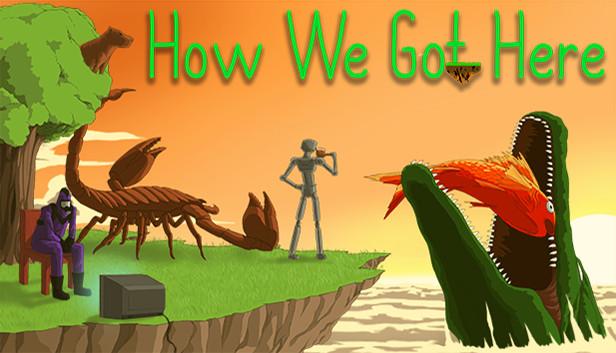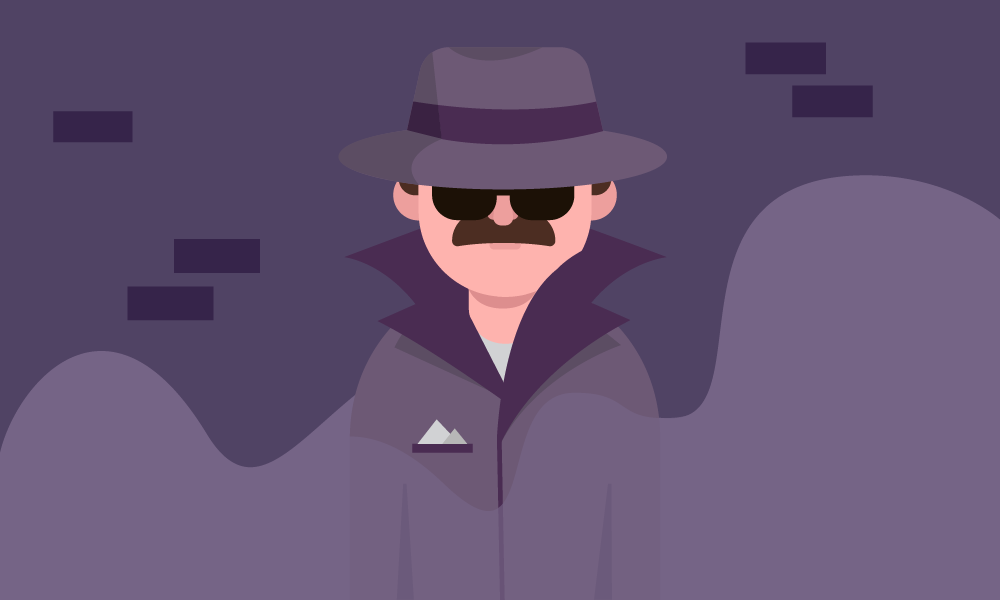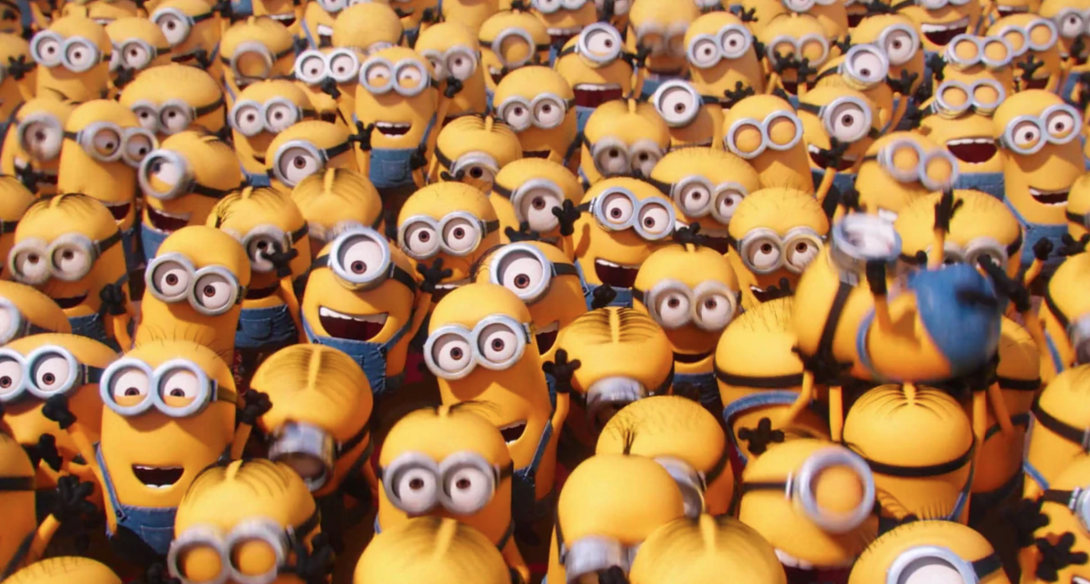
Where did all the time go?
It's time we explained ourselves
All the work. The sweat. The patience of friends and family. The supporters, the early adopters. Those still willing to take meetings after all those months.
We owe them all an explanation. And maybe you want to know too.
It starts with an idea
Products all start with an idea. And the product you get, in your hands dear reader, is never that idea
Anyone who tells you that they had an idea, created it and went successfully straight to market has a long wooden nose and their product was carved by a poor man named Geppetto in a Tuscan village.
So the product you buy, you install, you sniff at on the market shelf, has a backstory. Began as an idea that might not have been even remotely connected, or at best only partially connected.
We're here to explain where all the time went, and if we told you - you probably wouldn't believe us. But we've made a promise, so here's the fact.
We had an idea, we got bored.
We took that idea in a different direction, and hit a wall.
We rethought what that idea meant and came back for more.
Everyone said they thought it was exciting and all we could hear was crickets.
Ideas come and go. Ideas change. Ideas meet reality. Reality wins.
Navigating the forest
Unpacking a product from an idea, a real product, is a painstaking experience. Let alone process.
Our UX team liken it to trying to navigate a forest, where lurks a hairy and dangerous beast. You take a turning, you sniff the wind. Every choice has consequences. Some take you away from where you want to be. Some lead into clearings with no way out.
Product design is easy you say. You point to one product after another, among your favourites. They seem obvious - how can that be difficult?
Steve Jobs saw the original Macintosh computer as a bicycle for the mind. Not a bad idea, although the computer was based on something he borrowed from Xerox. From that chance visit to their R&D department, to the computer he took to market, to the Apple we know today - that was a journey through a forest.
To get to the product we bring to you now, we spent a year in a forest. Being stalked and staying alive.
Awake in a graveyard
We think we're being clever. We think we're unique. Reality is, we're just naïve.
This is a big planet. Lots of people. And there's the history. Way back to the caves and campfires. And we're so special we just thought of something no one else did? Of course we didn't.
Truth is, we're never the geniuses we think we are. The more we develop the product, the more we realise there are other who've been here before us. Sure, there are differences - and a frightening number of similarities too. So why didn't we know about them at the beginning? Well, either because they died out, or they're not very well known - and we just didn't spot them.
We call this 'waking up in the graveyard'. It sounds scary, but consider this - Steve Jobs was not the first to produce a smartphone with a full size screen. He was just the first to do it right. Nevertheless, a skeleton is a skeleton and a stark reminder that you need to be careful and respectful as you work on your product design.
So yes, others have had their extensions that provided a way to create 'content on top of content', anywhere on the web. But their design decisions were very different from ours - and we're not talking about look and feel. We're talking about far more profound decisions. Like the 'social bookmarking' phenomena of the early 2010's. In that world, all the notes you created were public - the opposite of insite. It was supposed to spark a craze. And no, you've never heard of it.
Every design decision impacts the next. And all those that came before. Tread carefully and as you make your way, read the tombstones carefully.
Who's designing this thing? You or us?
Design by design team? Design by what the CEO says? Design by users? Everyone has an opinion, so who gets the say?
This can get messy. Really fast. And the past is littered with startups that came off the rails, because they lost direction, got confused or lost focus.
You might think that a product should be designed by the users. But when you start out, you don't have any. In fact, all you have is some nebulous idea and maybe a sense of why users, at some point when you get there, might want to try that out - might like it so much they would pay for it.
Managing the design process is like playing four dimensional chess, where every move has direct and indirect consequences. Will it work? Will it work with everything else? Will the user understand? Will it genuinely improve utility, or does it just increase complexity? Is it aligned with the product vision? Can it be built? Is it expensive to deliver? Will anyone buy it?
And who has the final say here? The CEO who secured the funding, the UX designer who's reputation is at stake, or you, the user, in your infinite collective wisdom?
So yes, we've taken our time over this, and we had to. This stuff is not easy!
Angeline@insite

